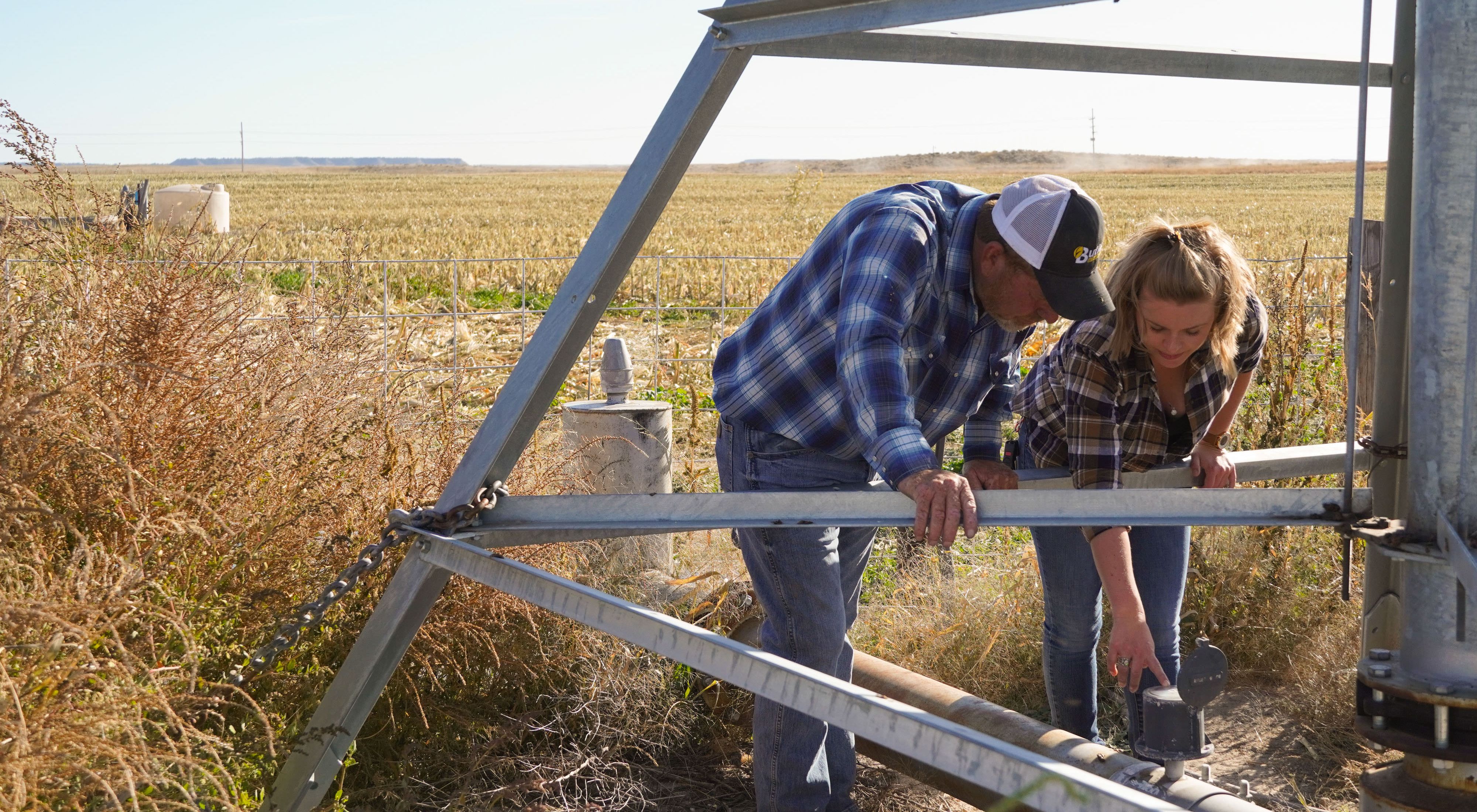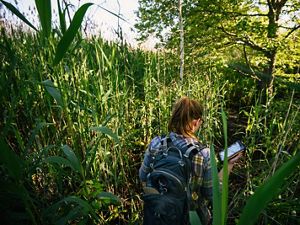Meet the Pioneers of the "Tech for Good" Revolution
Watch the 10 startups in the Techstars Sustainability Accelerator pitch their innovative solutions in 5 minutes at Demo Day 2019.
In 1926, when my grandmother was born, there were 2 billion people on the planet. In 2016 when my daughter was born—just three generations later—we more than tripled the number of people living on this planet to more than 7.4 billion. Alongside this increase in population, our demand for resources from the planet has increased as well. The level of consumption we see from my and my daughter’s generations is vastly greater than that of my grandmother’s generation.
We have been able to meet our growing demands for food, water and energy, in large part, due to “advancements” in technology that have enabled us to extract resources from our finite planet and distribute them across the world, faster than ever before.
Much good has come of these changes. They have helped lift many people out of poverty. And they have certainly allowed those of us in the upper and middle classes to live much more comfortable, convenient lives. But the way we have deployed these technologies has had serious costs—habitat loss, pollution, climate change, and much more. How much longer can we continue on the path we are on?
It goes without saying that we need to continue to raise people’s standards of living. Nearly 800 million people live in extreme poverty, lacking access to sufficient food, water and healthcare —to say nothing of the comfort and security so many of us take for granted. The question is how do we do this in the face of real planetary boundaries?
To start, those of us who are most well off need to make some serious changes in our behavior and consumption patterns. But we also need a revolution in the technologies that helped bring us to where we are today—one that puts us back on a path to a sustainable future.
It’s time for technology to be part of the solution. Not part of the problem.
Quote
It’s time for technology to be part of the solution. Not part of the problem.
We need to use technology in a smarter way – to solve our problems without creating more of them. It’s time we start investing in technology to protect our natural resources and use them in a more sustainable way. It’s time we use technology to help us build and restore the health of our natural ecosystems, instead of depleting them.
That is exactly what the entrepreneurs and technologists in The Nature Conservancy’s Techstars Sustainability Accelerator are doing.
On October 30, the 10 startups in our 2019 class will showcase how their companies are building technology to solve our food, water and climate challenges.
The founders of these companies are some of the smartest,most passionate and dedicated people I have ever met. They are utilizing their talents and resources to help solve some of humanity’s greatest challenges. And just as importantly, they are inspiring the next generation of entrepreneurs and technologiststo follow in their footsteps as they build a new technology revolution.
Tune in to the livestream of our culminating event, Demo Day.



